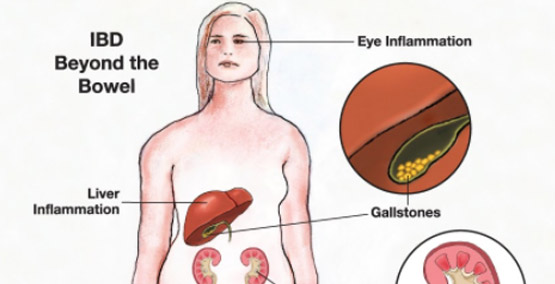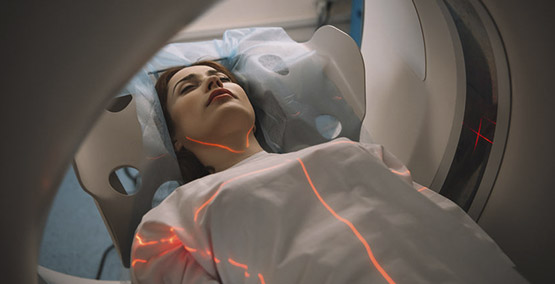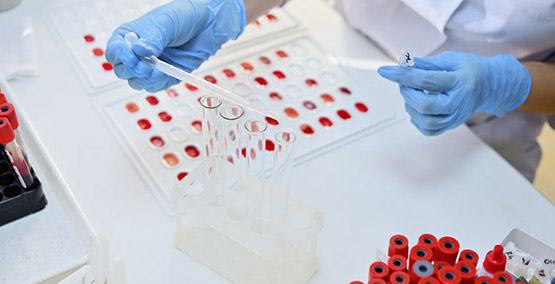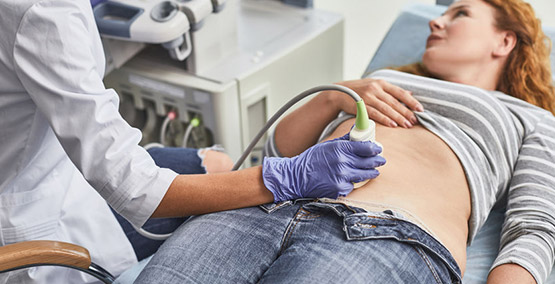
What scopes are done in IBD?

Natalie Hill grew up in Atlanta...
A colonoscopy is the most common scope done to see and biopsy the large intestine and the tail-end of the small intestine, called the terminal (end) ileum (the last portion of the small intestine).
Flexible sigmoidoscopy is similar to a colonoscopy, but it only views the bottom part (the lower ¼) of the large intestine. Sometimes that's all that's needed, especially in ulcerative colitis when only that much of the intestine is involved. The main difference and the reason many like it better is because this procedure can sometimes be done in the doctor's office without sedation and with less of a prep.
Upper endoscopy evaluates the top side of the gastrointestinal (GI) tract, so it looks at the esophagus, stomach and the very first part of the small intestine, called the duodenum. Because as many as 20% of patients with Crohn's disease or UC can have abnormalities there, it is often a useful exam at the time of diagnosis. Both visual inspection and biopsies can be obtained.
Capsule endoscopy uses a small pill camera to evaluate the intestine. After a mild laxative clean out, which is usually done the night before, the patient swallows a pill-like camera in the morning. It does not usually provide much information about the stomach or esophagus, because it can go through those rapidly. But it takes 2 – 30 pictures per second of the small intestine, which cannot be well seen by either an upper endoscopy or colonoscopy (they can't reach the area).
It does not require sedation and does not expose patients to the radiation that x-rays give off. However, the pill camera does not take biopsies. If it gets stuck in areas of narrowing (a stricture), it may be able to get through with medications that decrease welling. If it remains in the intestine, it can indicate that surgery is needed to release or remove the area. To prevent it from getting stuck, which is more common in a patient with known Crohn's disease, a patency capsule can be given. It's the same size as the regular capsule but it melts if it is delayed in getting through the intestine. And it tells the doctor that the regular pill camera may not be safe.
A newer version is of the pill camera is available in Europe and it's being tested in the US. This is called a Crohn's Capsule and it evaluates both the small and large intestine. This would have the possible advantage of monitoring a patient's progress and response to medication and therapies without having to undergo multiple procedures.
Deep Enteroscopy is a procedure with a longer scope that can get about halfway through the small intestine. It can go through the mouth or the lower intestine to look or biopsy an area that looks like a problem on an x-ray or capsule endoscopy. But because it has to go further, it takes a longer time to perform.
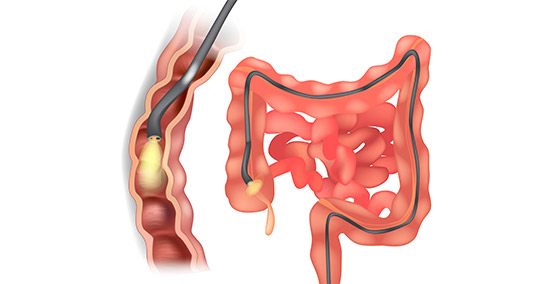
This article, as well as all others, was reviewed and edited by a member of our Medical Advisory Board.
Subscribe Be the first to know


